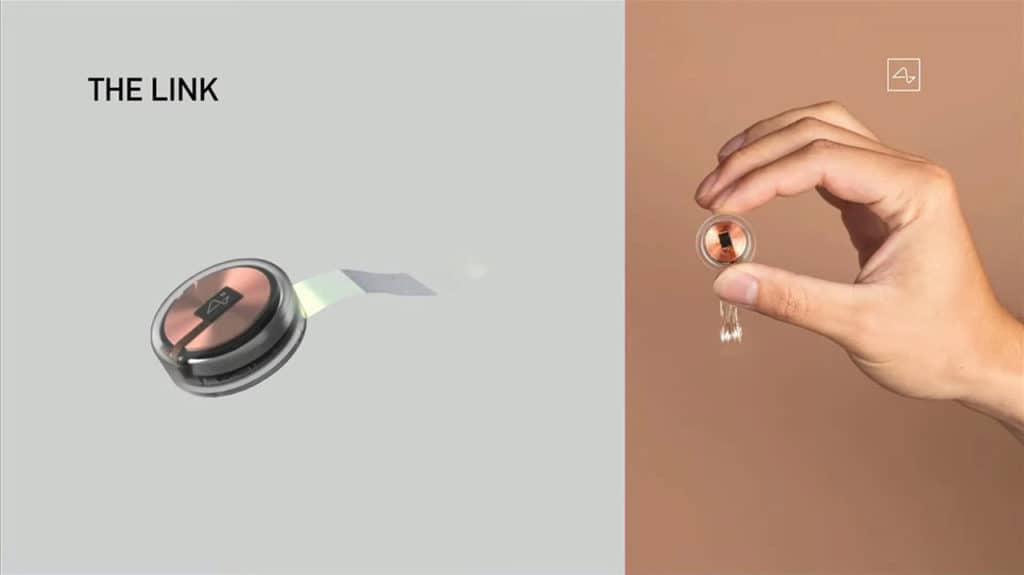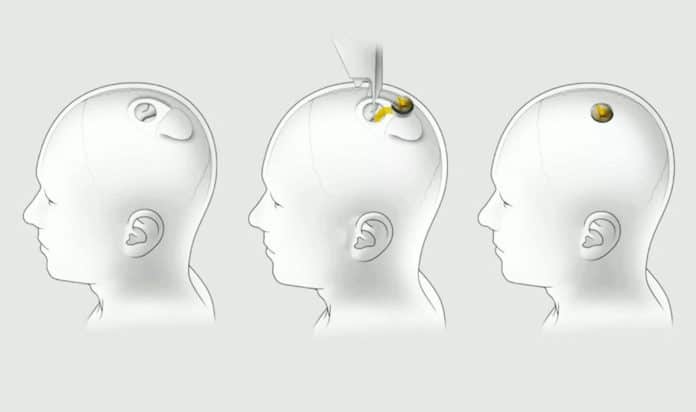Elon Musk’s brain-machine interface company Neuralink demonstrated its latest advances this week. The company held a video conference event in which it showed a pig outfitted with a device that recorded its neural signals.
The pig, Gertrude, had the chip installed two months ago that recorded signals from an area of the brain linked to her snout. When Gertrude’s snout touched things, several dots on a screen indicated that his neurons were firing signals. Whenever Gertrude smells something tasty, the Link picked up and recorded those signals.

The design of the Neuralink device has changed since its presentation last year. It is now a coin-shaped chip and must be implanted on top of the skull. “It’s like a Fitbit in your skull,” Musk noted during the event.
This 23mm x 8mm chip (that is, smaller than a coin), called “Link 0.9,” can be implanted directly into the skull. It is placed by an autonomous surgical robot that performs its work with the same quality as a person.

During the implantation, over 1000 ultra-thin electrodes (5 micrometers thick) are connected to brain cells and is also capable of wirelessly transmitting data at megabit speeds up to 10 meters. It reportedly integrates a battery that allows users to enjoy a full day autonomy and would be recharged by means of an induction charger. The device can be paired with the smartphone via Bluetooth.
According to Musk, the main objective of the demonstration is to recruit new people for the company. Today, Neuralink has about 100 employees. The billionaire’s goal with this technology is to link artificial intelligence to human brains. The device has not yet been tested on humans.
Musk said this technology could ultimately detect and prevent neurological problems such as memory loss, anxiety, extreme pain, or more serious stroke. He mentions in the Q&A session following the presentation that he imagines a future where the chip would be able to save memories, to read them again.
